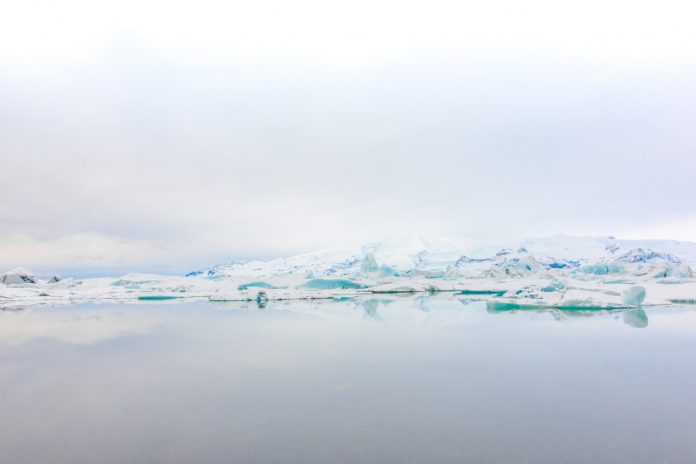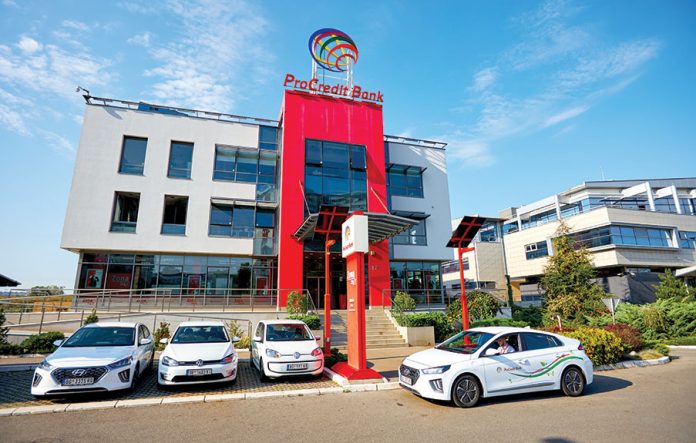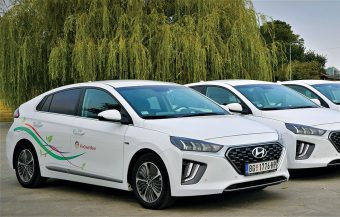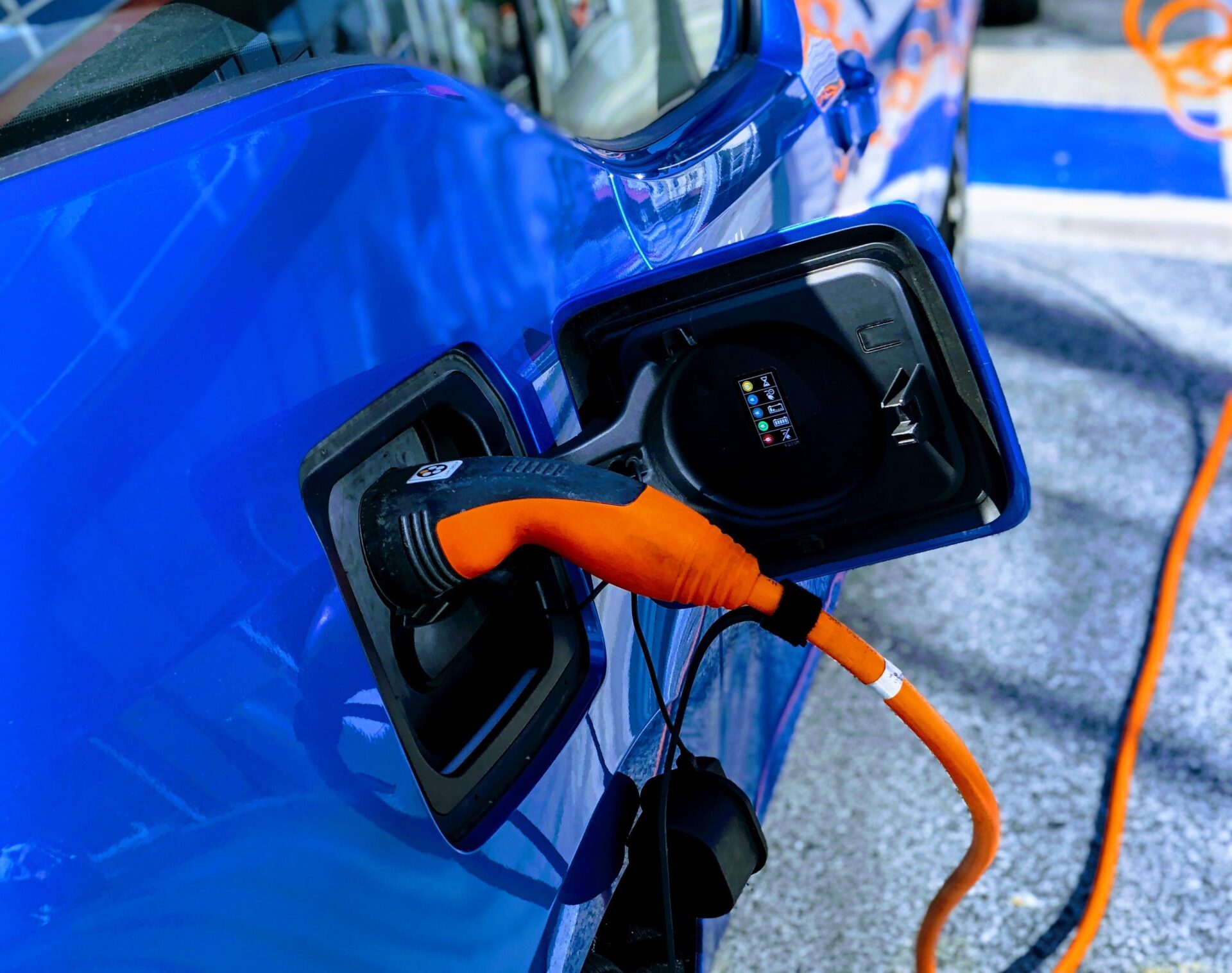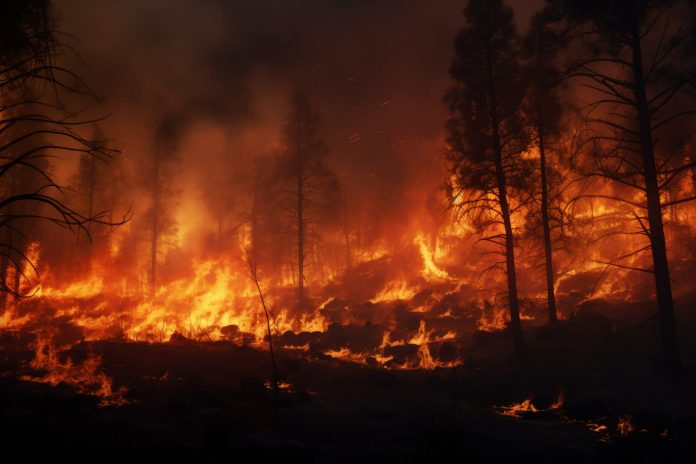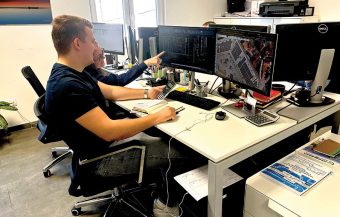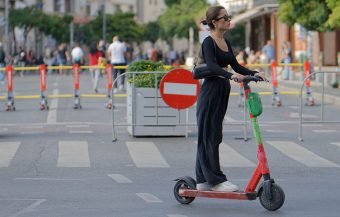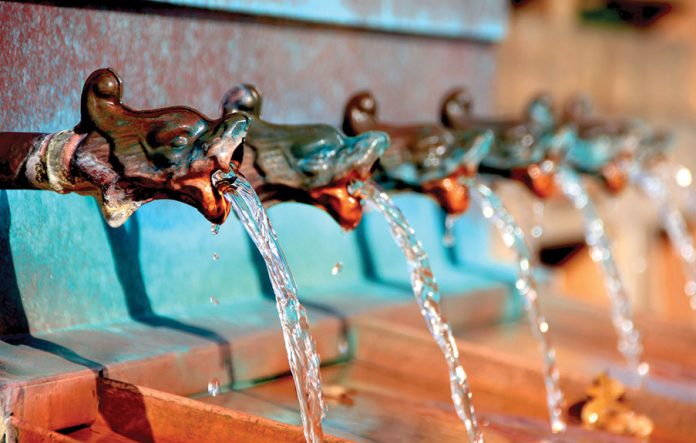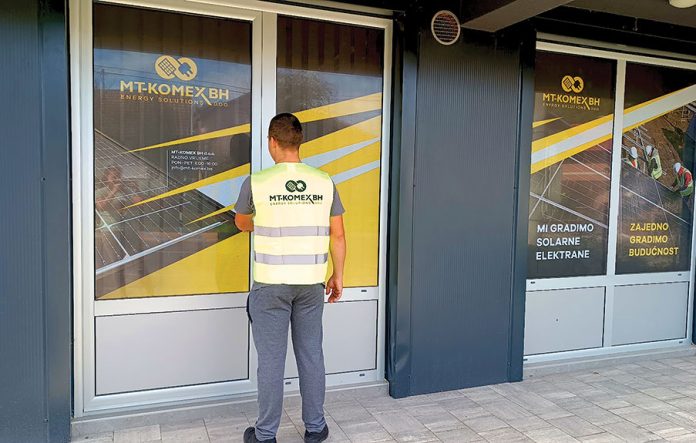
The Government of Moldova declared a state of emergency in mid-December 2024 to address an energy crisis caused by the interruption of Russian gas supplies.
The country found itself in a severe energy crisis following Ukraine’s decision not to renew the five-year agreement for the transit of Russian gas through its territory after its recent expiration. The gas had been supplied to the de facto separatist region of Moldova – Transnistria. This region, entirely unrecognized by international actors but effectively separated from Moldova since the early 1990s, traditionally received very cheap or even free Russian gas delivered via Ukraine, as reported by global media. With these deliveries now halted and no secure alternatives available, tensions are rising both in Transnistria and across the country.
After the collapse of the Soviet Union, Transnistria declared independence from Moldova. Although even Russia has not recognized this area as a separate state, Transnistria has operated with its own administration and has received the aforementioned favorable or free Russian gas to support its fragile economy. Until a few years ago, Moldova itself was heavily reliant on Russian gas, but the capital Chișinău has since turned to diversifying its energy sources, while Transnistria remains entirely dependent on Moscow.
More:
- Czechia Updates National Climate and Energy Plan: Focus on Renewable Energy and Nuclear Power
- North Macedonia: Funding Secured for Three Solar Power Plants and Expansion of the Bogdanci Wind Park
- Huge Response to Projects for Standalone Energy Storage in Bulgaria
Although Chișinău lacks administrative and governing authority in this region, Moldova’s largest gas power plant is located in Transnistria and supplies energy to the rest of Moldova. This means the crisis affects the entire country, including the disputed region.
In early January 2025, Russia officially ceased all gas supplies to Transnistria. Initially, Moscow cited unpaid debts as the main reason, but the non-renewed agreement on gas transit also poses a significant issue, effectively severing the current supply route to Transnistria. As for alternative routes, such as supplying gas via the TurkStream pipeline, no official decisions have been made yet, which Chișinău perceives as a political move by Russia.
The suspension of gas supplies to this region severely threatens the energy stability of the entire country, given that the largest power plant in Moldova is located in Transnistria. The plant has switched to coal in response to the situation, but it does not produce enough electricity to meet demand. The industry is struggling, affecting the entire economy. Sporadic power outages have already been reported in Transnistria, and coal reserves are expected to deplete soon, which would further worsen the situation.
Moldova has accelerated the procurement of additional energy, relying more on Romania and other European sources. This has so far averted massive power outages, but the costs have risen, impacting Moldovan citizens through higher utility bills.
Energy portal



